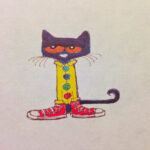Thinking about bringing a larger feline friend into your life? You’re in for a treat! While the average domestic cat tips the scales between 8 and 12 pounds, certain breeds, often referred to as “Biggest House Cat” breeds, can proudly reach weights of 20 pounds or even more. These gentle giants offer extra cuddles and companionship, but it’s important to understand their unique needs, from robust cat furniture designed for their size to carefully managed dietary portions to prevent excessive weight gain.
Let’s explore 10 remarkable big domestic cat breeds that are sure to capture your heart.
Key Considerations for Biggest House Cat Breeds
- While typical cats weigh 8–12 pounds, some breeds can healthily reach 20+ pounds, classifying them as “biggest house cat” breeds.
- Accommodating a “biggest house cat” means providing larger, sturdier amenities like cat trees, scratching posts, and litter boxes.
- Maintaining a healthy weight is crucial for these large breeds to prevent obesity and related health problems.
1. Maine Coon: The Gentle Giant of Cat Breeds
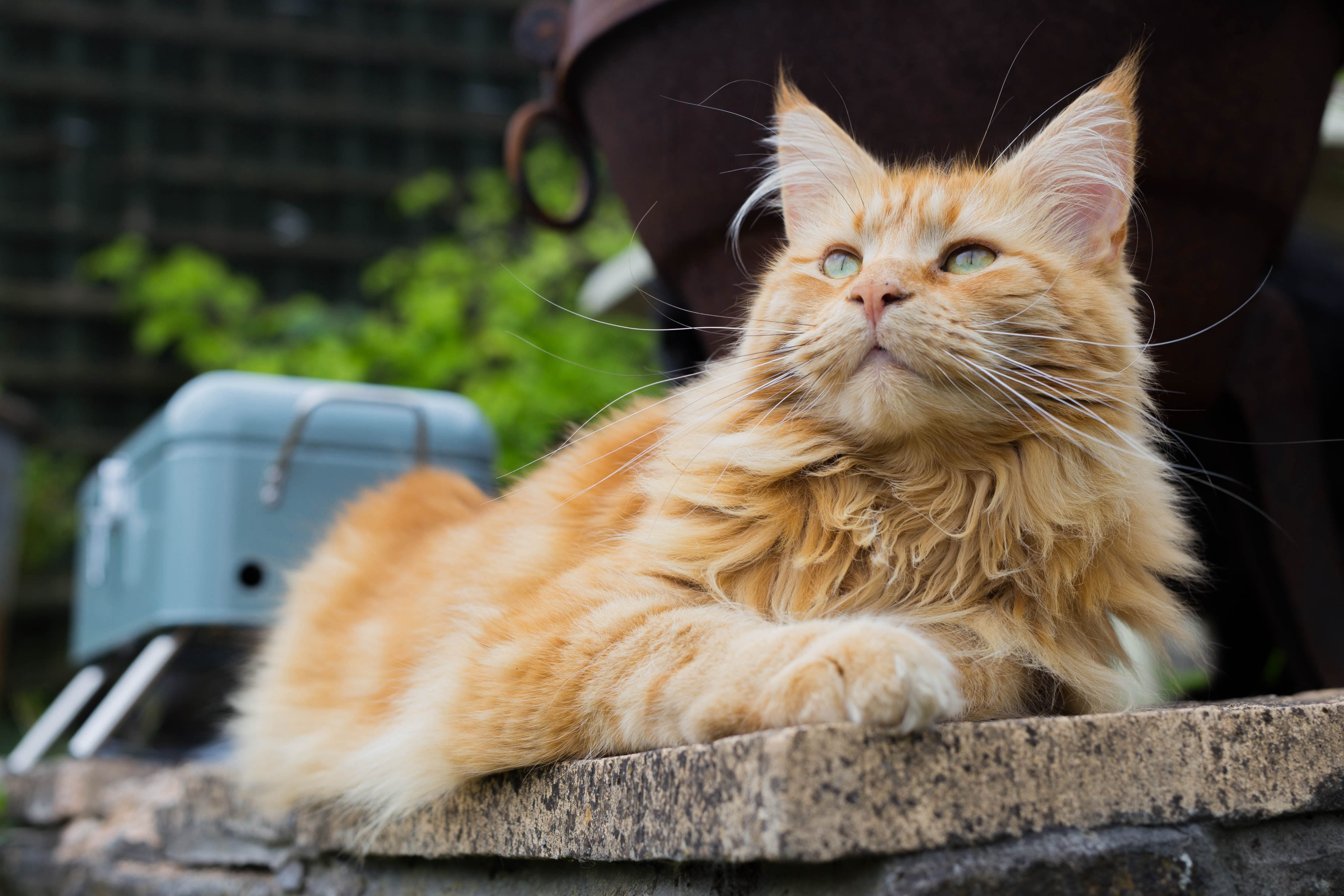 a majestic orange Maine Coon, a prime example of a big cat breed, relaxing indoors
a majestic orange Maine Coon, a prime example of a big cat breed, relaxing indoors
Weight: 8–18 pounds
The Maine Coon is undeniably one of the most popular “biggest house cat” breeds, celebrated for its impressive size and affectionate nature. Known for their dog-like loyalty and easygoing temperament, Maine Coons are fantastic family companions.
Their larger stature necessitates roomier litter boxes and robust scratching posts. Being predisposed to hip dysplasia, regular veterinary check-ups are vital to monitor their joint health as they grow into their “biggest house cat” frame.
Consult your veterinarian about proactive steps for your Maine Coon’s joint care. Joint supplements might be beneficial to support their long-term mobility.
2. Norwegian Forest Cat: The Fluffy Viking Cat
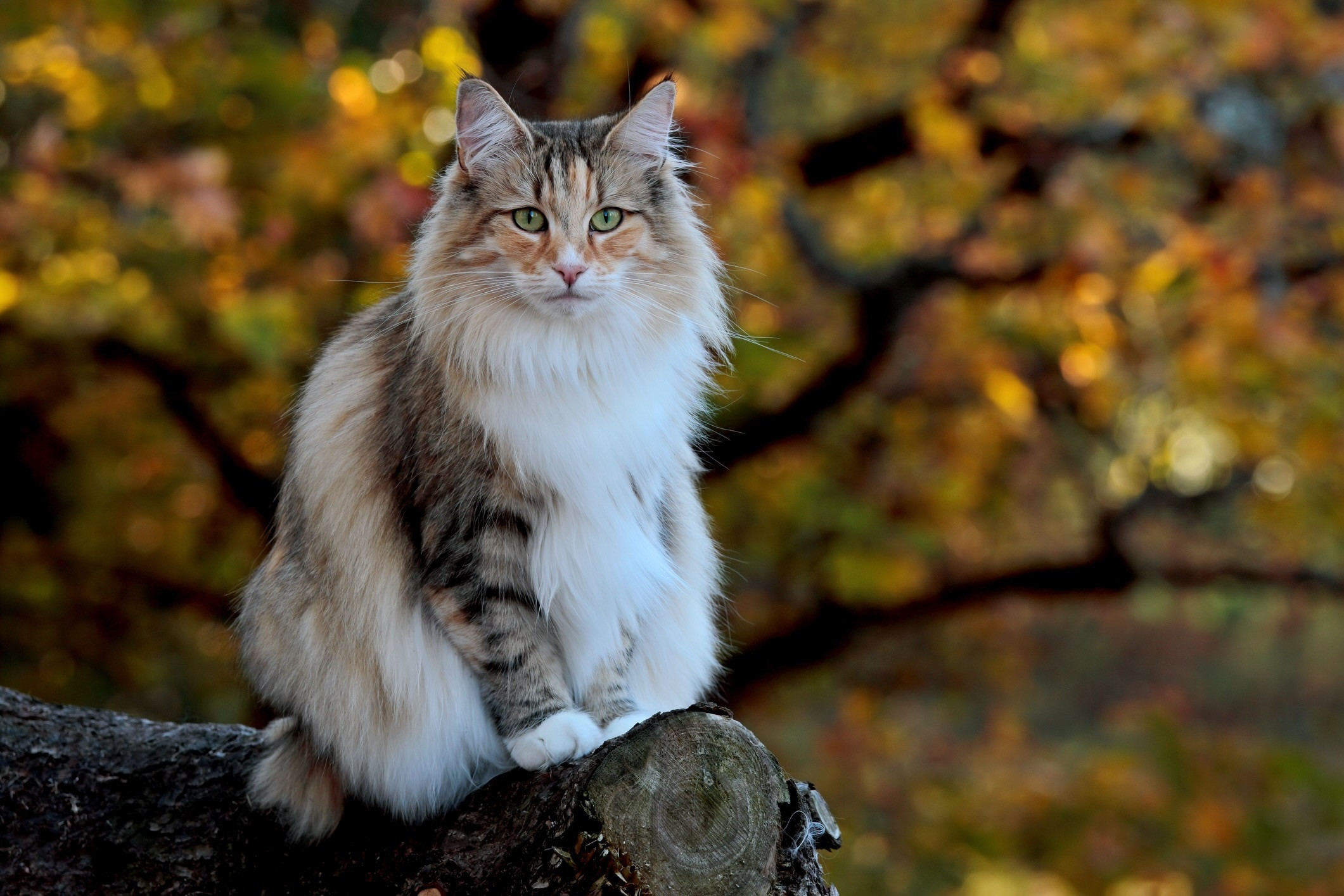 a striking calico Norwegian Forest Cat, a big cat breed, perched on a log outdoors
a striking calico Norwegian Forest Cat, a big cat breed, perched on a log outdoors
Weight: 12–16 pounds
Don’t underestimate the Norwegian Forest Cat, or “Wegie,” by their fluffy appearance. These cats are genuinely large and muscular beneath their dense coats. As natural climbers, they thrive with sturdy cat trees and high perches to satisfy their active nature.
While generally healthy, their size makes them prone to hip dysplasia and arthritis. Maintaining an ideal weight is paramount for this “biggest house cat” contender, especially given their predisposition to becoming overweight due to their luxurious fur making them appear larger than they are. Remember, a healthy weight is key for these fluffy cat breeds.
3. Siberian: The Russian National Treasure
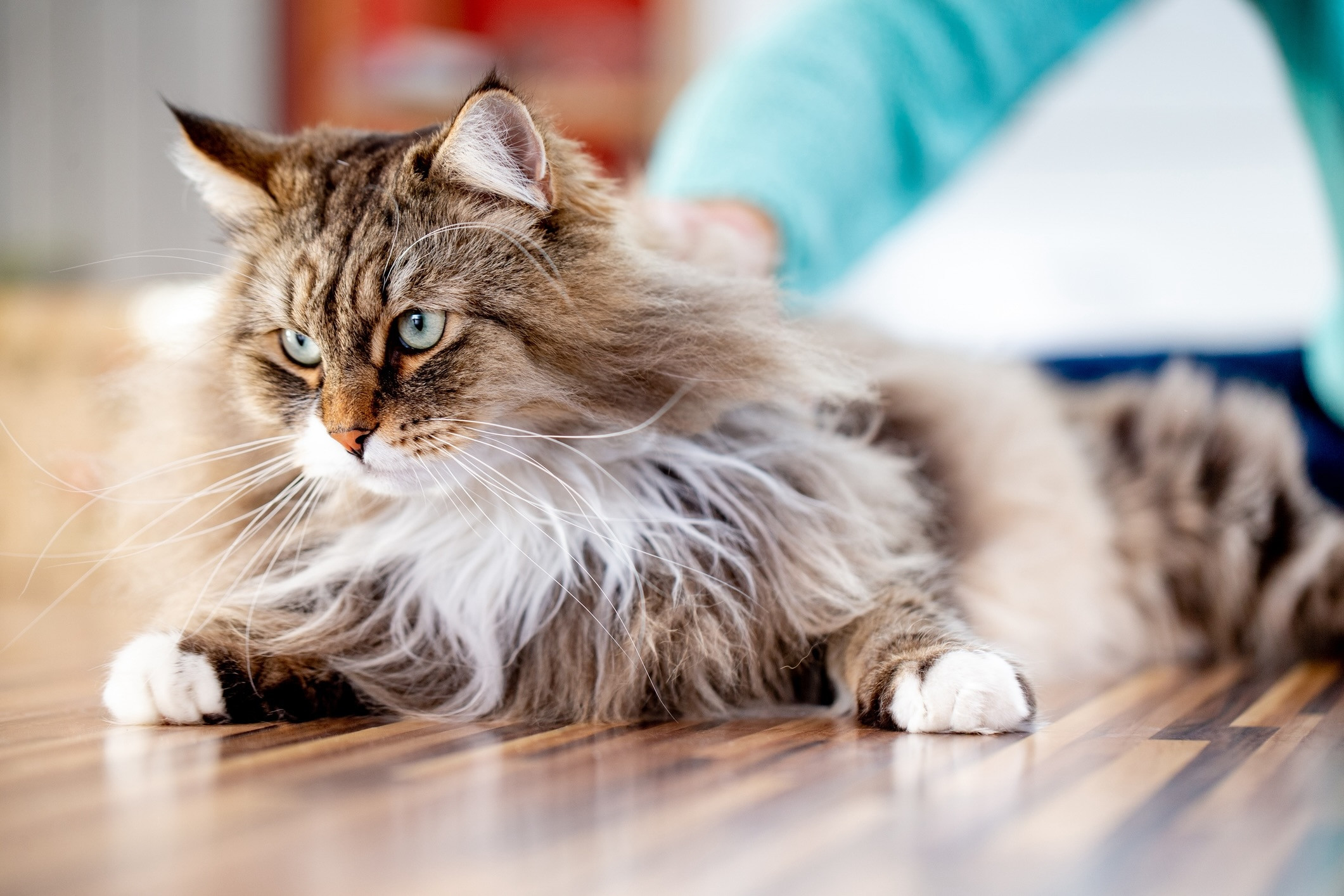 a cuddly Siberian cat, a big cat breed, being affectionately petted on the floor
a cuddly Siberian cat, a big cat breed, being affectionately petted on the floor
Weight: 12–15 pounds
The Siberian, Russia’s national cat, is a vision of natural beauty with its thick triple coat and captivating eyes. This “biggest house cat” breed is a slow developer, taking up to five years to reach its full impressive size.
Despite their cuddly nature, Siberians can be prone to obesity if not encouraged to be active. Regular daily playtime is essential, and surprisingly, these kitties can even be leash trained! Careful weight monitoring is crucial to keep your Siberian healthy and trim as they mature into their “biggest house cat” potential.
4. Bengal: The Leopard Look-Alike
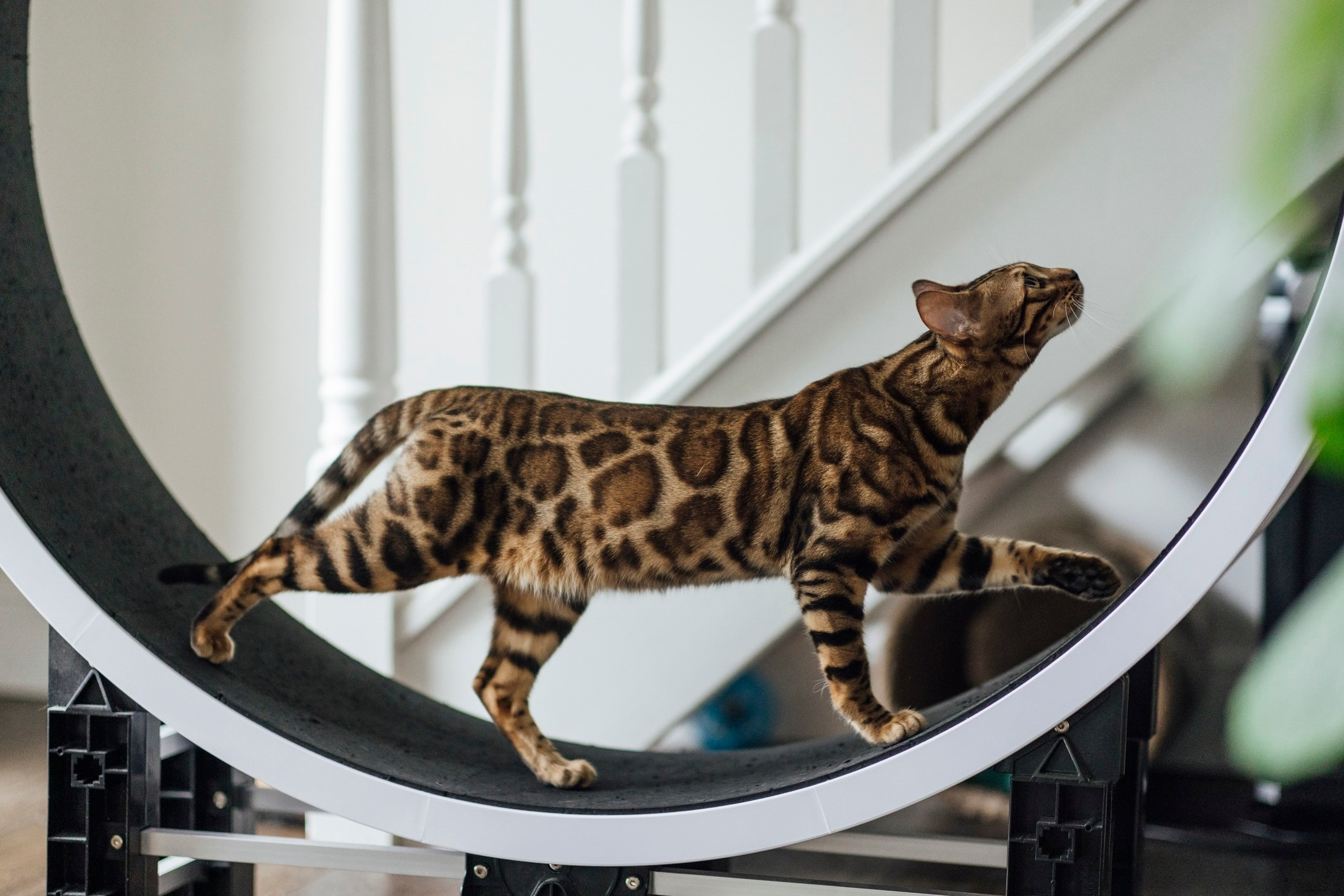 a dynamic Bengal cat, a big cat breed, energetically using a cat wheel
a dynamic Bengal cat, a big cat breed, energetically using a cat wheel
Weight: 8–15 pounds
The Bengal breed brings a touch of the wild into your home with its striking leopard-like spots and athletic build. While they enjoy napping as much as any feline, Bengals are exceptionally active and require plenty of vertical space for jumping, climbing, and exploring.
Bengals have a strong hunting drive, making puzzle feeders and treat-dispensing toys excellent choices to engage their predatory instincts and prevent boredom in these intelligent “biggest house cat” contenders.
5. Savannah: The Exotically Tall Feline
 a sleek Savannah cat, a big cat breed, elegantly lounging on a chair
a sleek Savannah cat, a big cat breed, elegantly lounging on a chair
Weight: 12–25 pounds
The Savannah truly embodies the “biggest house cat” category. A captivating mix of an African Serval and a domestic cat, Savannahs possess a unique wild appearance, sweet personalities, and boundless energy. Their incredible jumping ability—up to 8 feet high—means they need exceptionally durable cat trees and secure wall shelves for safe and exhilarating climbing adventures.
6. Ragdoll: The Affectionate Lap Cat, Supersized
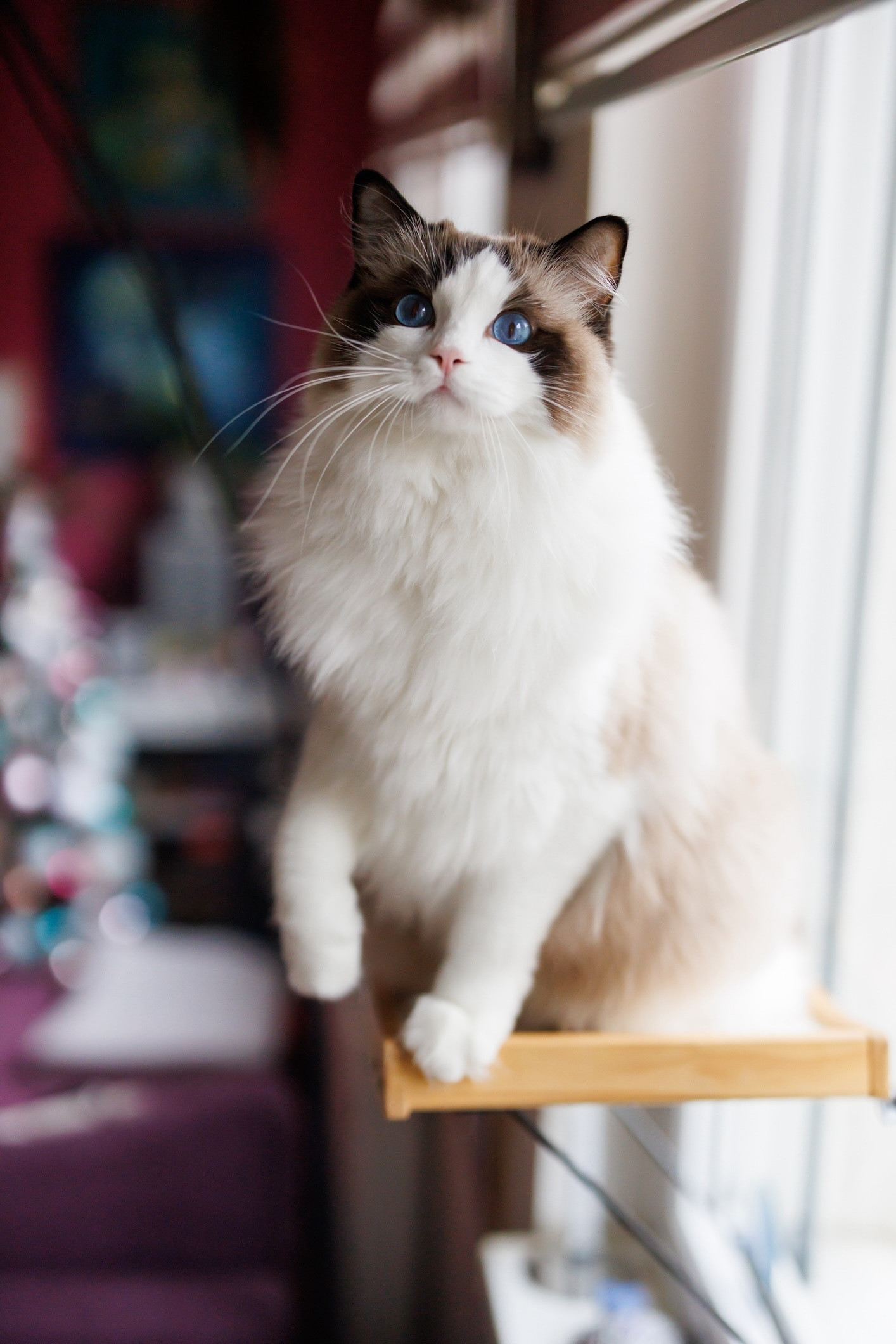 a charming Ragdoll cat, a big cat breed, regally perched on a cat tower
a charming Ragdoll cat, a big cat breed, regally perched on a cat tower
Weight: 10–20 pounds
The Ragdoll is as renowned for its gentle temperament as it is for its large size, making them wonderful, cuddly companions. While they may not reach their full size until around 4 years of age, their relaxed and docile nature can predispose them to weight gain if not carefully managed.
Portion control and consistent playtime are essential to prevent obesity and arthritis in this “biggest house cat” breed. Encourage these laid-back felines to exercise with engaging games of fetch and stimulating clicker training sessions.
7. RagaMuffin: The Sweet and Sturdy Companion
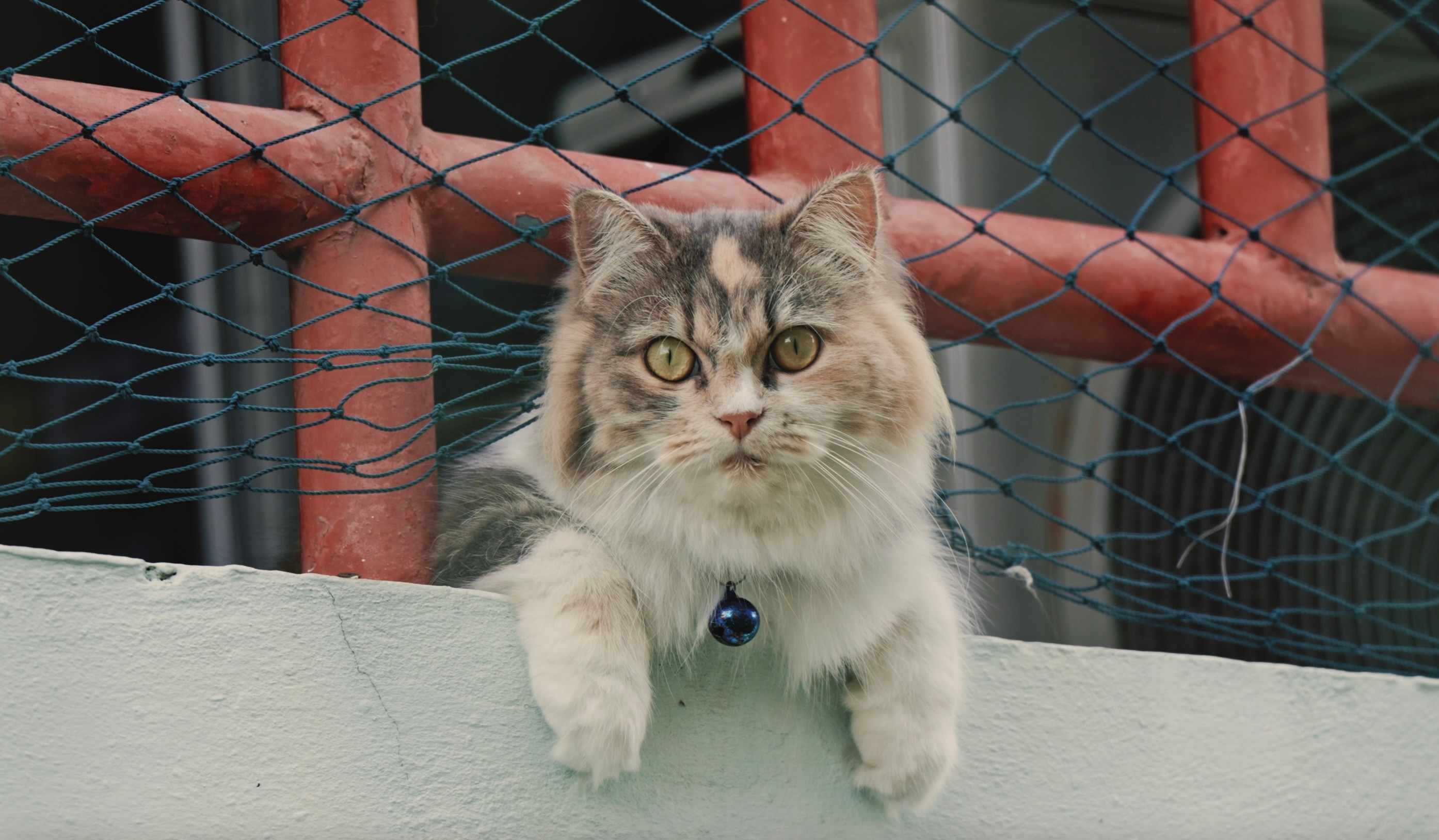 a beautiful dilute calico RagaMuffin, a big cat breed, relaxing comfortably on a patio
a beautiful dilute calico RagaMuffin, a big cat breed, relaxing comfortably on a patio
Weight: 10–20 pounds
Similar to the Ragdoll, the RagaMuffin continues to grow until they are approximately 4 years old. This fluffy “biggest house cat” breed is naturally big-boned, requiring larger cat supplies to accommodate their robust frames.
Consider investing in jumbo-sized cat trees, spacious litter boxes, and sturdy carriers. RagaMuffins can be susceptible to arthritis as they age, making proactive joint health management through proper nutrition and regular, gentle exercise particularly important for these “biggest house cat” breeds.
8. American Bobtail: The Playful Bobtailed Breed
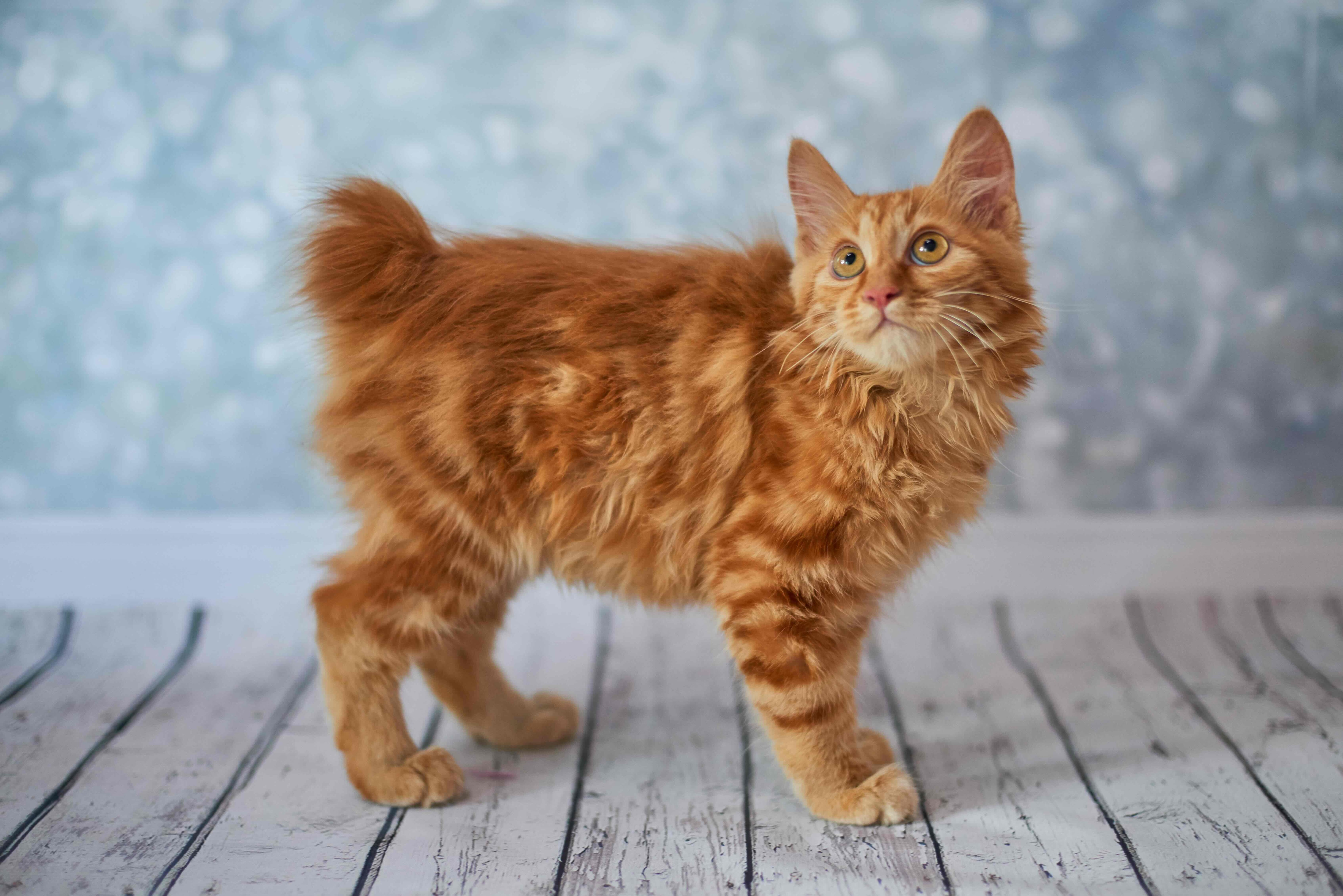 an adorable orange American Bobtail kitten, a big cat breed in development, looking upwards
an adorable orange American Bobtail kitten, a big cat breed in development, looking upwards
Weight: 7–16 pounds
Distinguished by their naturally short, “bobbed” tail, the American Bobtail is an affectionate and energetic breed. These intelligent cats excel at puzzle feeders and are often trainable, even learning to walk on a leash, showcasing their adaptable nature within the “biggest house cat” group.
The bobtail gene, responsible for their unique tail, can also make them prone to spine and hip issues. Feeding a high-quality, AAFCO-compliant diet is essential to help these kitties maintain a healthy weight and support their skeletal health as they grow into their “biggest house cat” bodies.
9. British Shorthair: The Calm and Cuddly Teddy Bear
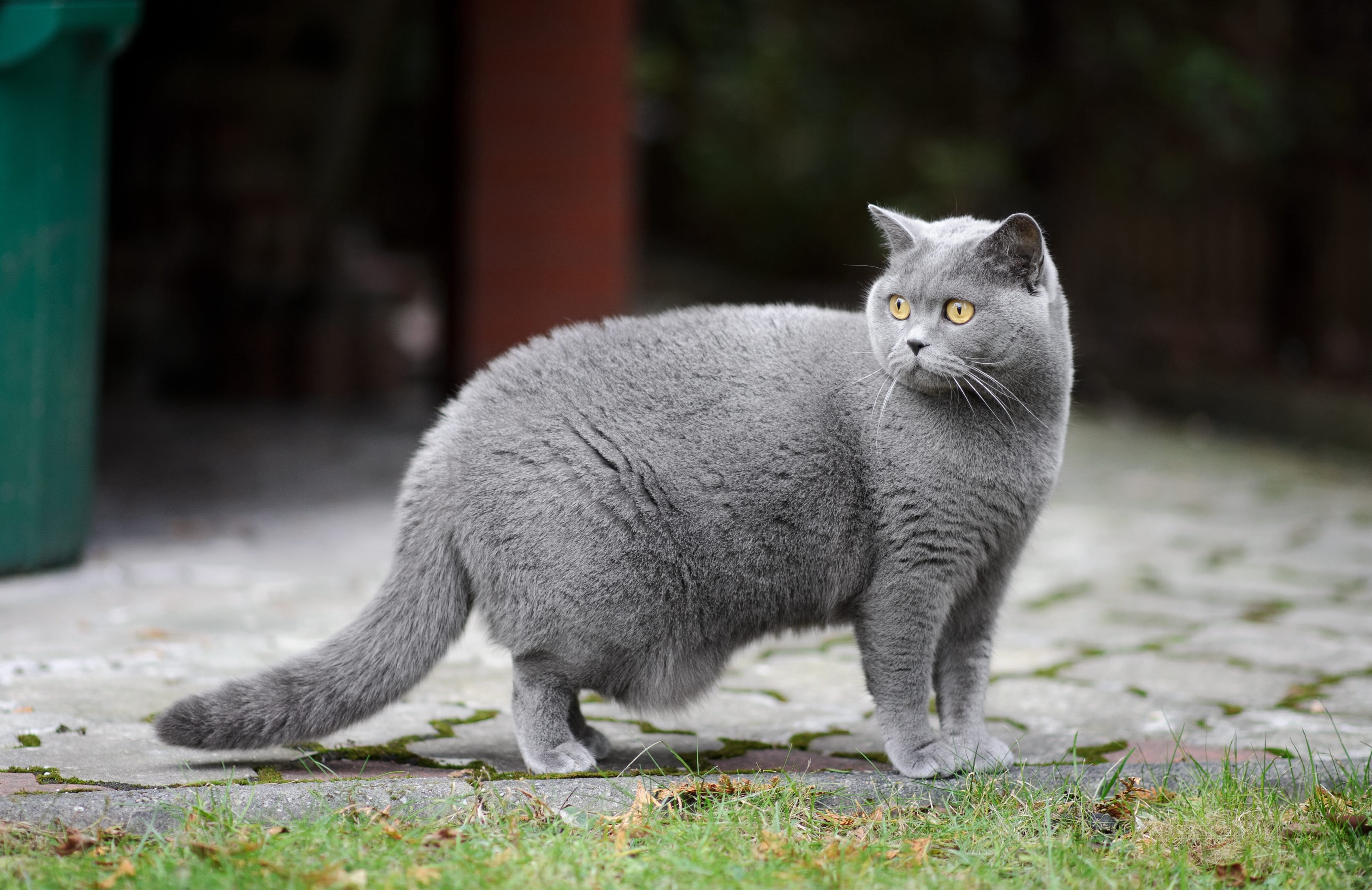 a handsome blue British Shorthair, a big cat breed, standing regally outdoors
a handsome blue British Shorthair, a big cat breed, standing regally outdoors
Weight: 7–17 pounds
The British Shorthair is known for its calm, easygoing demeanor and plush, dense coat, resembling a teddy bear. While these cats are not as overtly active as some other “biggest house cat” breeds, preferring leisurely lounging, they still require encouragement to stay active to maintain a healthy weight.
Interactive toys like feather wands and enticing catnip sessions can motivate them to move. Careful portion control and limiting treats are also important to prevent weight gain that could put strain on their joints as they mature into their “biggest house cat” physique.
10. Turkish Van: The Water-Loving Swimmer
 a striking Turkish Van cat, a big cat breed, playfully pawing with a black backdrop
a striking Turkish Van cat, a big cat breed, playfully pawing with a black backdrop
Weight: 10–20 pounds
The Turkish Van is truly one of the most distinctive “biggest house cat” breeds, not only for their size but also for their unusual affinity for water. Whether splashing in pet water fountains or investigating bathtubs, these active and intelligent cats need ample enrichment. Tall cat trees, sturdy shelves, and robust scratching posts are essential to channel their energy. Regular exercise is crucial to prevent weight gain and maintain healthy joints in these fascinating “biggest house cat” companions.
WRITTEN BY
Shannon Willoby
Freelance Writer

